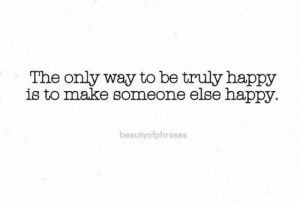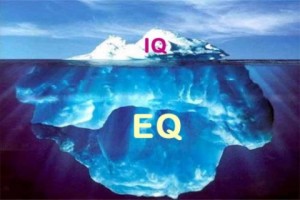Why can’t a cell phone be like a cow?

Years later after moving to the U.S. and receiving degrees from Wharton, he became a Wall Street banker. He recalls having another unproductive day in the early 1990s transporting data across Manhatten on floppy disks (remember floppies?). Mobile phones were still in their infancy – expensive, heavy, and with scarce connectivity. But understanding Moore’s Law (processing speed, transistor density, pixal concentration, memory capacity, etc…all doubling every two years), Iqbal knew that in the coming years mobile phones would become cheap, powerful and ubiquitous. If this was to be true, he reasoned, then why not begin the journey now to provide mobile phones to villagers in his home country of Bangladesh.
In Bangladesh, a source of entrepreneurial capital might be a cow or goat to provide milk to sell or convert to cheese. If having a cow or a goat could be the seed of an entrepreneurial venture in a Bangladesh village, then why couldn’t a cell phone be one also? As Quadir put it, “Why can’t a cell phone be like a cow?”
Why couldn’t people in rural environments in Bangladesh use mobile telecommunications technology as an entrepreneurial technology, just as many use land, livestock, and other local resources to start small businesses? If land could yield crops to sell, or a goat to harvest milk and cheese to sell, Quadir rationalized that someone could take out a micro-loan to purchase a mobile phone that could be shared—rented—by members of the community. In this way, a mobile phone could be an asset to an entire village. As Quadir likes to say, “Connectivity is productivity.”
Quadir took this argument to Grameen Bank, a micro-credit lender that could realize the potential, as well as to Telenor telecommunications of Norway, which could help provide the infrastructure. As of this writing, Grameenphone has nearly 40 million subscribers and is still expanding.
This system of microlending has vastly increased the productivity and standard of living of the people of Bangladesh, spawned an untold number of entrepreneurial ventures employing cell phones, and of course brought some wealth to Grameen Bank and Telenor. But the impetus for such an innovative initiative started with Quadir’s recognition that connectivity equals productivity, and his strong sense of purpose and meaning in giving back to his native country.


 Want to build a great marriage? Create positive teams that go the duration? Be a better boss, not a
Want to build a great marriage? Create positive teams that go the duration? Be a better boss, not a 

